Is your Fargo DTC550 ribbon breaking?
Ribbon breaking or tearing is one of the most common issues in card printing. In most cases, the issues can be resolved quite simply. First, it’s important to determine if the break is straight or if it is jagged as each is associated with different issues.
Jagged ribbon breaks
Jagged ribbons tears could mean many different things, but often they are due to dirty a dirty ID badge printer or too intense of colors. Follow the below steps to troubleshoot.
1.) Run a self-test to determine if there is a issue with the printer.
2.) Clean your printer. The Fargo DTC550 uses cleaning kit part number 82133 or you can just use Isopropyl alcohol and a clean, lint free cloth to thoroughly clean the rollers of the printer.
3.) Reduce the intensity of your card design. Very dark colors (especially reds) often cause sticking of the ribbon to the card and breaks the ribbon.
4.) Update your Fargo DTC550 firmware and driver.
5.) Contact our tech to calibrate the ribbon sensor.
6.) Make sure you are using the correct MagTech brand power supply.
7.) If problems persist, contact Easy Badges technical support.
Straight ribbon breaks
Straight ribbon tears on your DTC550 often mean that the printhead is coming down to far off the card. While dye-sub card printers like the DTC550 are very close to edge-to-edge, they are not full bleed and this could be causing the issue. Try these steps.
1.) Run a self-test to determine if there is a issue with the printer.
2.) Clean your printer. The Fargo DTC550 uses cleaning kit part number 82133 or you can just use Isopropyl alcohol and a clean, lint free cloth to thoroughly clean the rollers of the printer.
3.) Update your Fargo DTC550 firmware and driver.
4.) Contact our tech to calibrate the ribbon sensor.
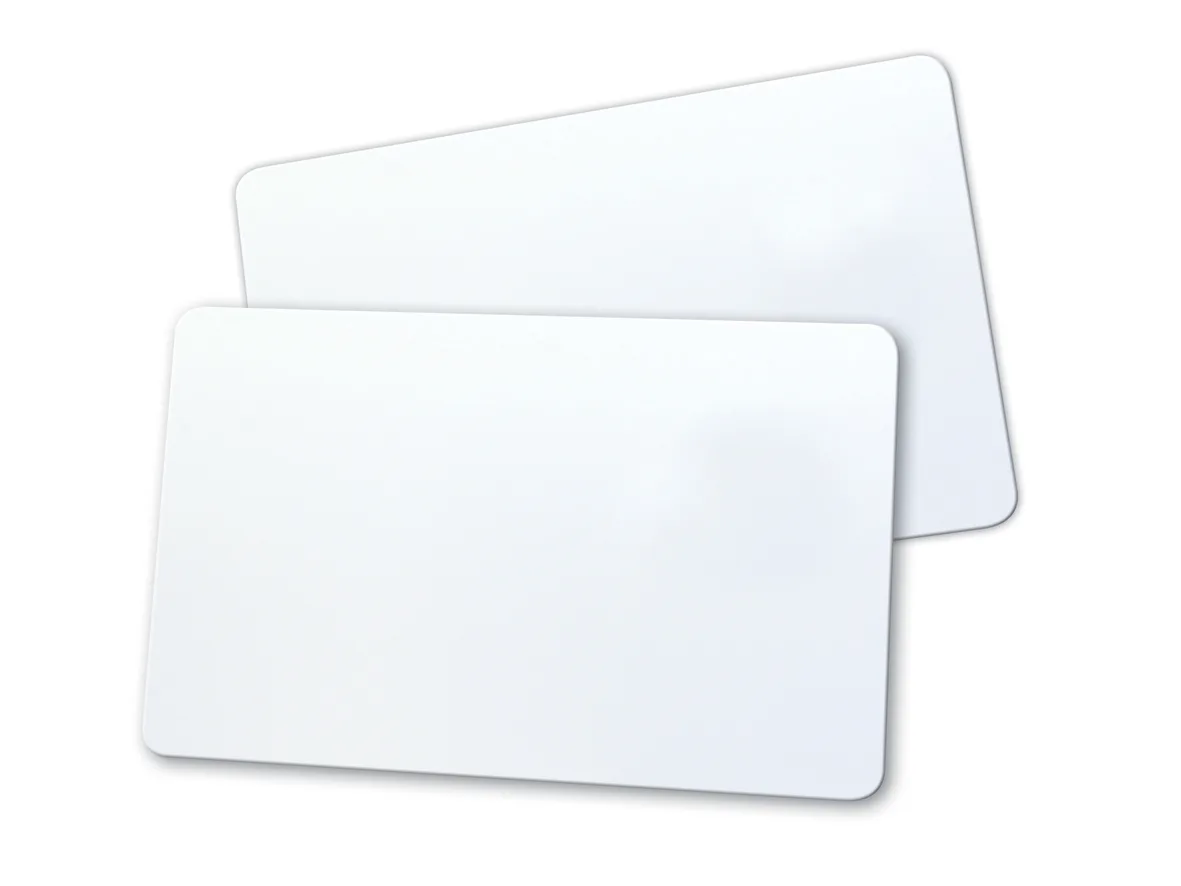
What is the difference between PVC and composite cards for ID printing? PVC is the standard material and works well for most ID printing jobs. If you are using a dye-sub ID card printer and not laminating, use a standard PVC card. Our standard blank PVC cards
However PVC does not stand up well to heat of 140ºC or above. PVC cards exposed to the extra heat from laminating or retranfer card printing run the risk of “warping” (slight bending of the ID card) or cracking. That is why composite ID cards should be used when either laminating an ID card or using a retranfer ID card printer. Composite (OR PET) cards also contain polyester material (usually up to 60%) that will prevent the card warping. Our composite ID cards
ID card printers work by utilizing the ink panels from a color ribbon to apply the image onto or into a PVC card. To use these ribbons, ID badge printers utilize one of two printing processes, either direct-to-card or reverse transfer. direct-to-card ID printers work by a printhead applying heat to the ribbon and injecting that color right into the surface of the card. Reverse transfer ID Card printers (HD) work by heating up the color ribbon on a clear film which is then applied to the card. The printhead never touches the card.
Here is an easy to understand summary that will help you select the right ID badge printer technology.
Direct-to-Card ID Card printer Advantages-
Direct-to-card ID card printers are typically less expensive than reverse transfer. That is true for both the ID card printer price and the supplies pricing.
Direct-to-card are faster. The ribbon is heated right into the card eliminating the mechanics of applying it to a clear film first. This means a faster printing speed.
Direct-to-card printers are typically a bit smaller too. That’s good for front desk receptionist areas or other places where space is limited or presentation is important.
Reverse Transfer ID card printer Advantages-
These printers have a higher quality print than a direct-to-card printer. That’s the big one. Because its not injecting the image into the card, it has a better resolution. This is especially true for card designs that are full-bleed with colorful backgrounds.
These printers can produced a closer-to-the-edge print. The film can wrap around the edges of the card much closer. direct-to-card printers cant get as close since the printhead has to touch the card and as it gets closer, pixels are missed, like following off the edge of a cliff.
Reverse transfer ID card printers also offer a more consistent printing experience. Less errors like ribbon wrinkle, ribbon tearing, and color matching occur.
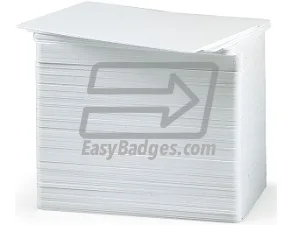

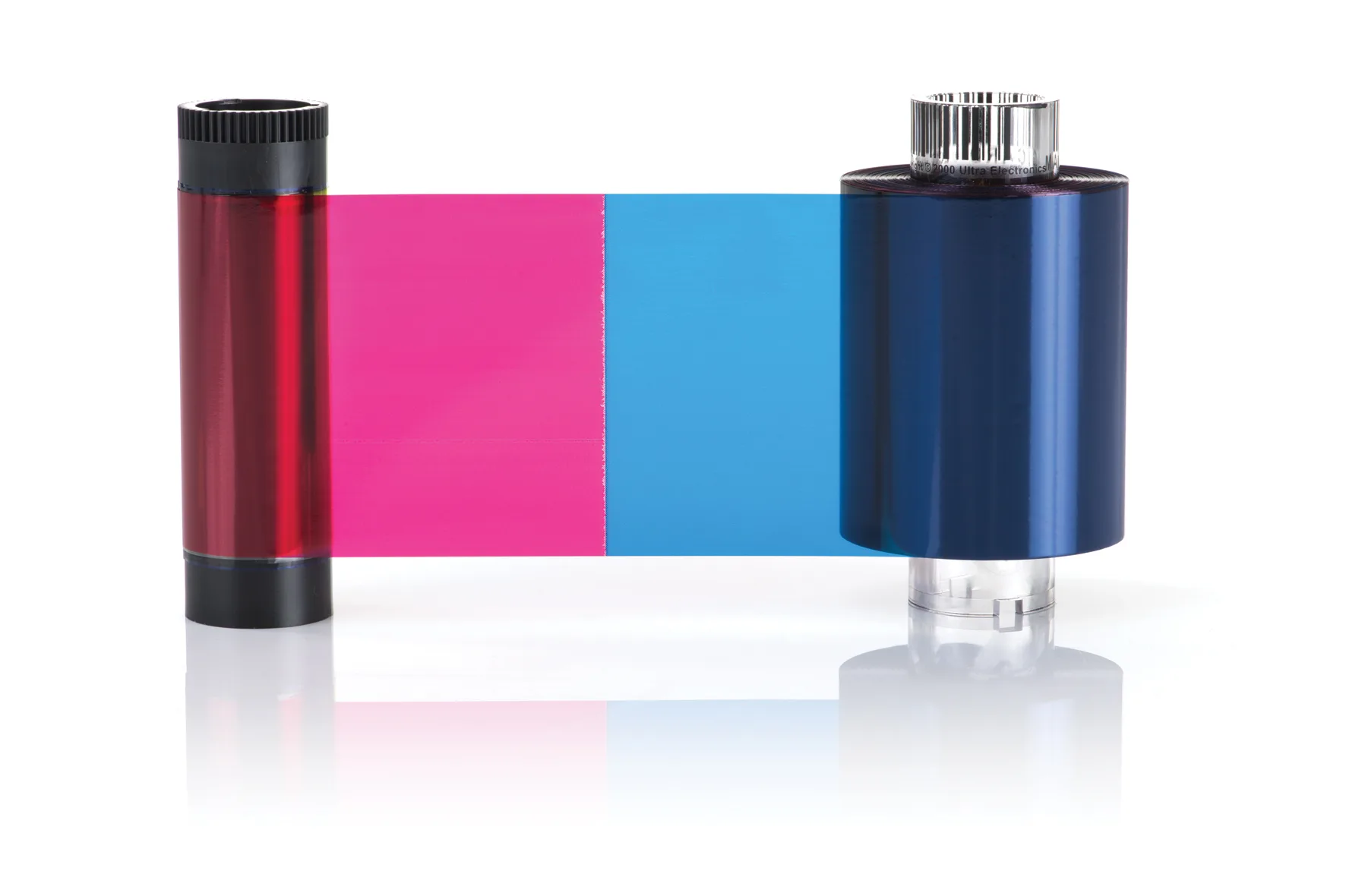
Instead of cartridges of ink, ID card printers use ribbon with color panels to print cards. These color panels are mademagicard-lc1 up of Yellow (Y), Magenta (M), Cyan (C), Black (K), and usually a clear overlay panel (O) to help protect against UV fading from sunlight and wear and tear from handling the ID card after printing. You may know these as YMCKO ribbons or YMCKOK ribbons. The extra K in the YMCKOK ribbon is ONLY for dual sided printing when the back of the card has only black text. Using the YMCKOK ribbon when appropriate will cut your cost per print by not requiring the printer to waste the YMCKO panels on the second pass just to use another K panel for the back side of the card.
Monochrome ribbons are also available for single color printing with colors such as black, white, red, blue, green, gold, silver and more.
Most manufacturers list the shelf-life of a printer ribbon as 1-2 years, but if stored properly in a cool, dark place, can last much longer.

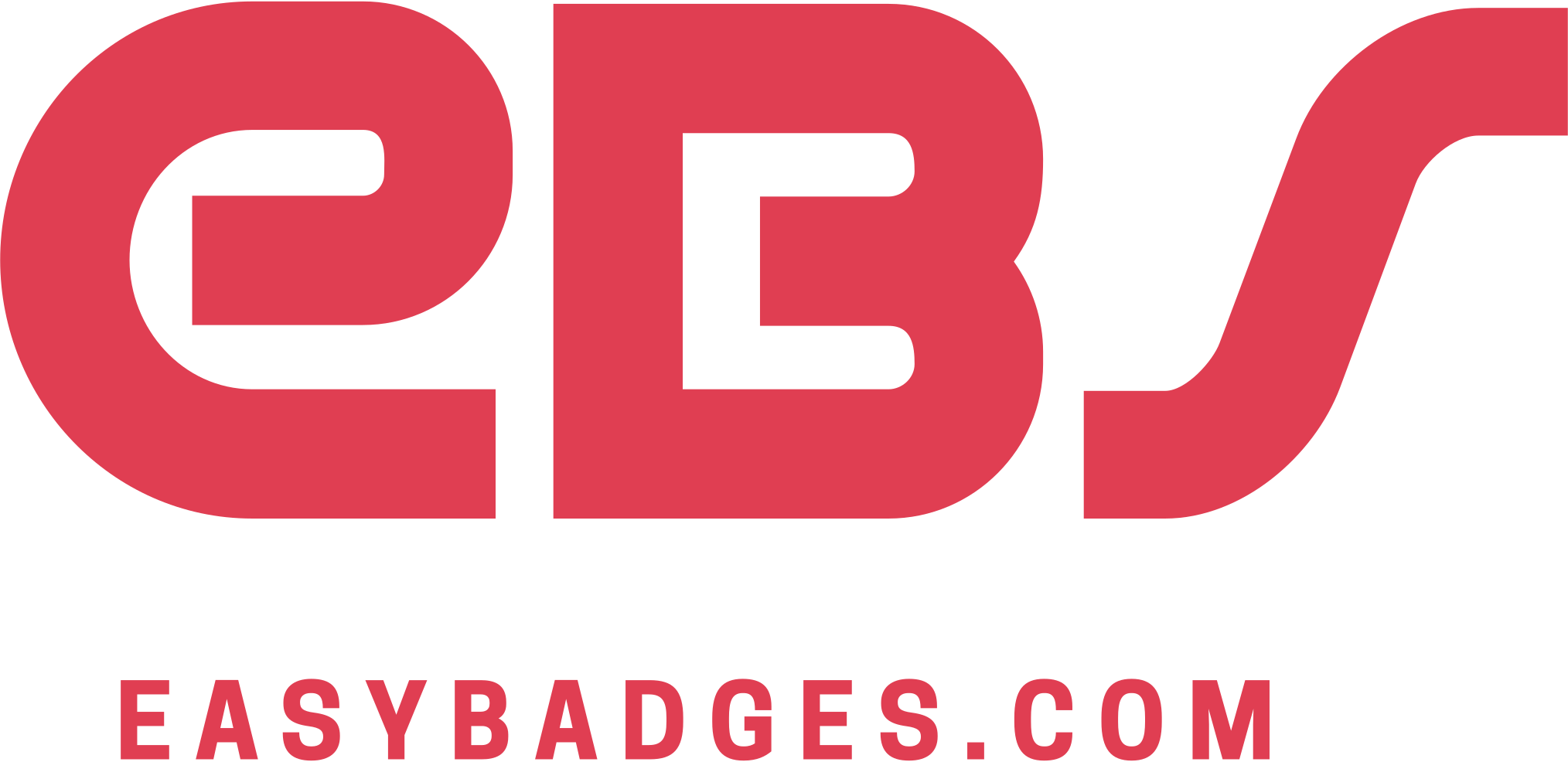


 Chat
Chat












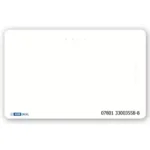
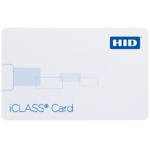

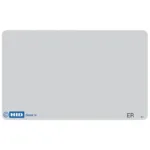
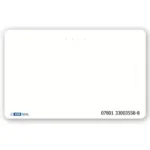

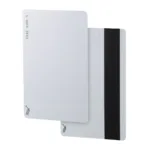
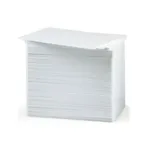
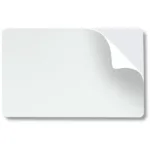
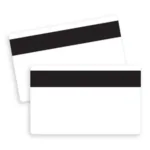

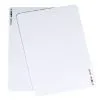
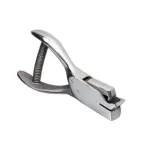
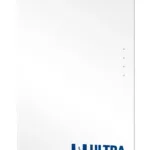
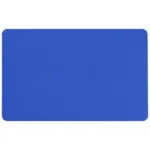
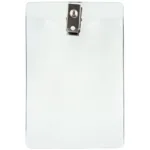
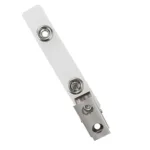

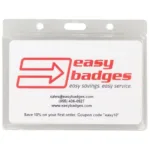

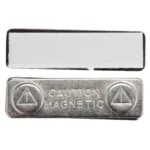
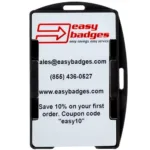
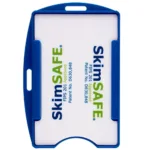
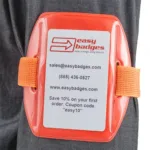

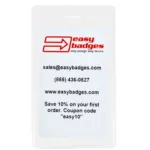
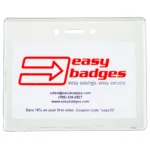

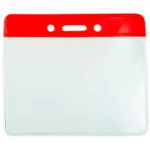
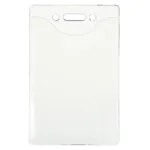
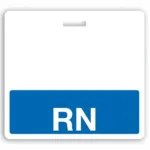
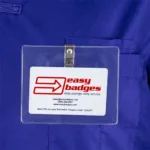
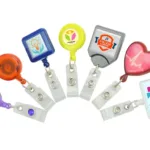
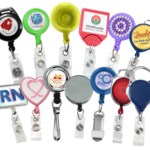

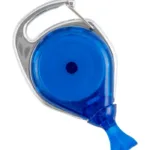
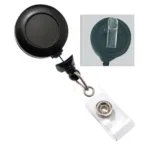
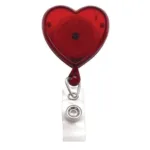
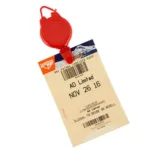
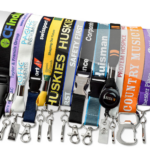
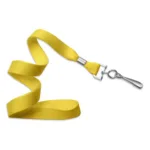

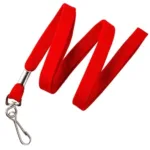

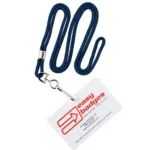

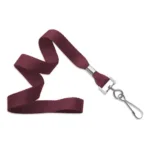

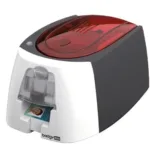
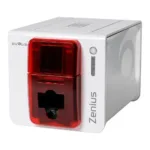





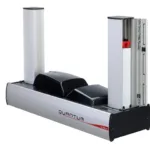
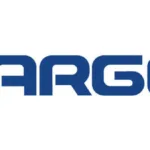

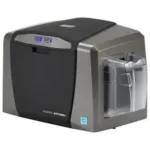

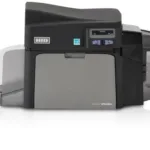
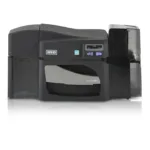
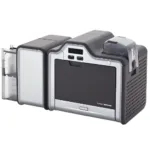

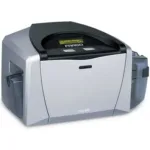
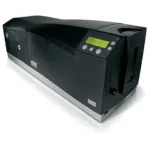
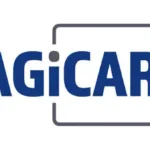




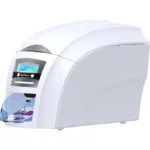
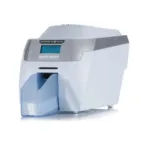
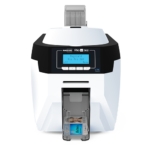

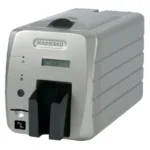







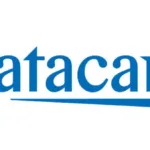
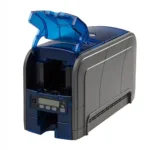
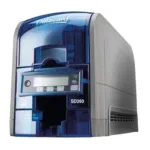

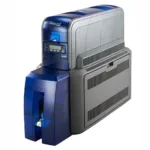


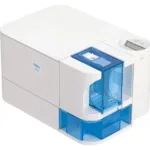



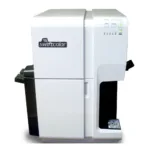
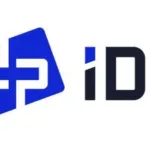
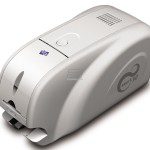

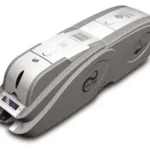

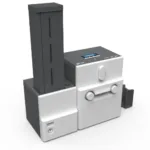

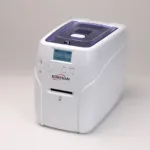
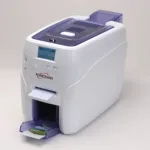

 Sales :
Sales :
 Sales :
Sales :


 Your Cart
Your Cart





